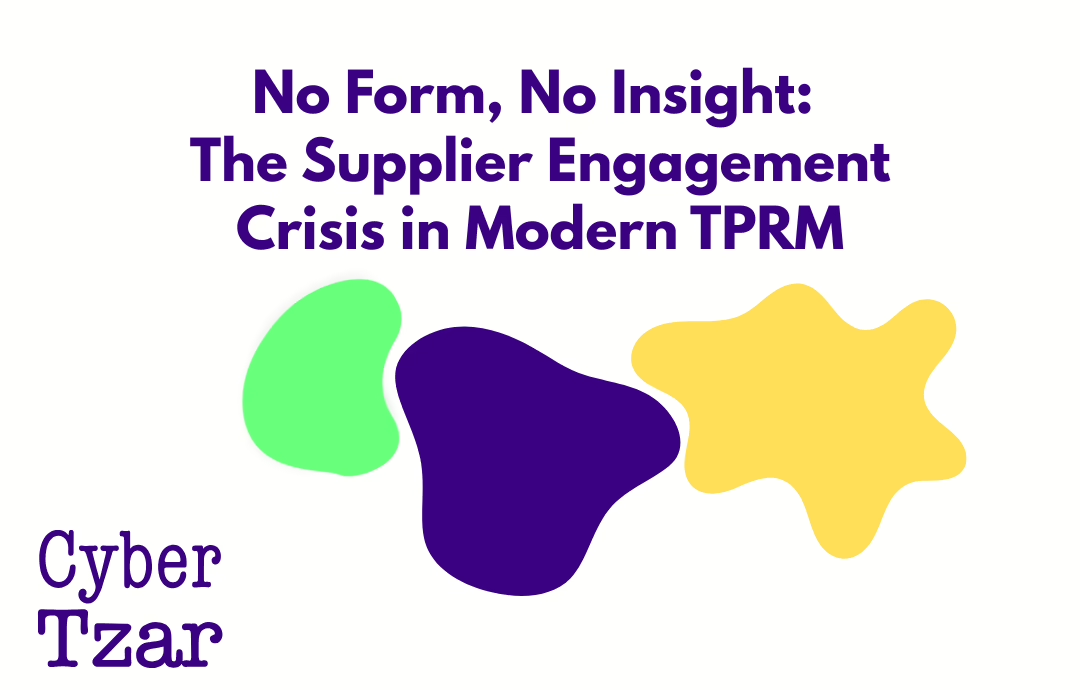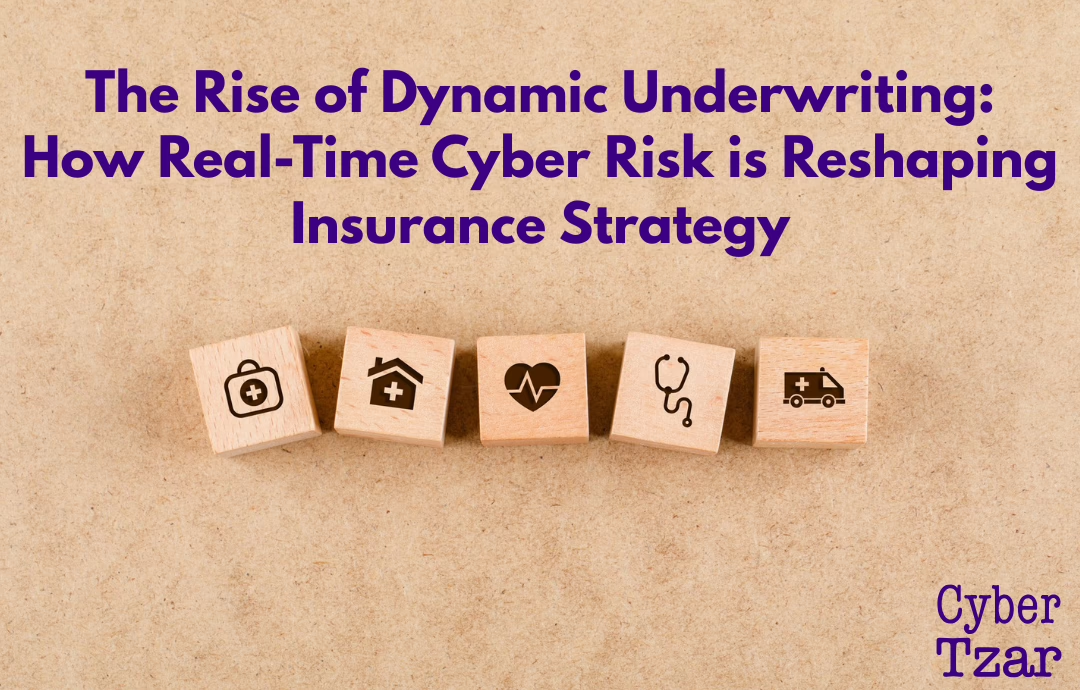Cybersecurity in the defence sector has long focused on sophisticated external threats — nation-state actors, advanced persistent threats (APTs), and coordinated denial-of-service attacks. But increasingly, the most damaging breaches don’t come from the outside. They come from within.
Whether malicious or accidental, insider threats now pose one of the most complex and under-addressed risks to military suppliers, government contractors, and defence agencies alike.
What Counts as an Insider Threat?
The term is often misunderstood. It doesn’t just mean disgruntled employees or espionage. Insider threats can be:
-
Negligent staff who click on phishing emails
-
Third-party contractors with inappropriate access rights
-
Former employees whose accounts are never deactivated
-
Well-meaning users who store sensitive files in unapproved systems (think: Dropbox or Google Drive)
In defence, where access to classified information, supply chain data, and operational systems is tightly regulated, even small lapses in internal controls can have outsized consequences.
The Rise of Hybrid Insider Risk
The risk picture is further complicated by the increasing use of hybrid workforces and digital collaboration platforms. Remote access tools, shared cloud environments, and cross-organisational joint task forces all blur the lines between insider and outsider.
When a phishing attack compromises a contractor’s email account — is that an external breach or an insider compromise?
Spoiler: it’s both.
Prevention Is About Visibility and Control
Here are five actions we recommend defence organisations take now:
🔐 Limit access by design – Apply least privilege principles to every system. That includes third-party tools, remote logins, and collaboration platforms.
📋 Monitor account behaviour continuously – Flag anomalous activity like large file transfers, logins at odd hours, or access from new locations.
🧾 Audit and offboard properly – Too many insider breaches happen because access isn’t revoked promptly after project handovers or staff departures.
🔗 Screen your supply chain – Your contractors and suppliers may be your largest insider risk exposure. Do you know who has access to what?
🧠 Train for subtle threats – Most users aren’t bad actors. But if they don’t understand data sensitivity or phishing tactics, they can still cause damage.
How Cyber Tzar Can Help
At Cyber Tzar, we support defence suppliers and high-risk sectors with tools designed to assess and manage cyber risk holistically — including insider threats.
✅ Our platform scans for misconfigured systems and exposed data
✅ We benchmark your security posture against others in the defence sector
✅ You can monitor compliance and vulnerabilities across your supplier network
✅ We help you spot third-party access risks before they become problems
Because insider risk isn’t just about people. It’s about visibility, control, and context.
🔍 Need to assess your supply chain for insider exposure?
Request a demo at cybertzar.com and benchmark your risk today.

